Wings For The Fleet: US Naval Aviator Training
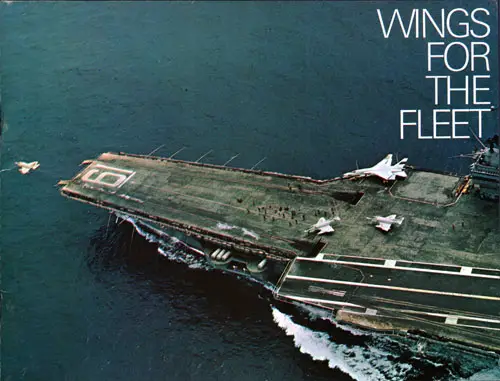
It is the spirit of freedom that loves the sea, searching the oceans wild and free, and in searching, finds a reason to be.
The Navy man is restless.
While other men walked the dusty roads of history, he turned his face to a clean wind, challenging the sea to adventure and discovery. In conquering the sea, he conquered himself, making courage and excellence a proud Navy tradition.
It is no surprise, then, that he looked up from the deck of a ship and conquered the sky, too, bringing the specialness of the Navy to the world of flight. And giving wings to the Fleet.
The Naval air officer is no ordinary person. He is an exceptional breed of man. In the world, only a few thousand men have mastered the skies from the deck of a ship at sea.
How about you?
If you're going to be someone, why not be someone special?
If you would join the elite, destined to explore the limits of time and space, then Naval aviation could be the means to launch your journey. The way will not be easy; breakthroughs never are.
The least that will be expected of you is the best that others can do. Their limits are your starting blocks; their expertise is your primer.
They are just now writing your curriculum, designed for those who believe themselves capable of the extraordinary. How about you?
If you're going to be someone, why not be someone special?
Naval Aviation Schools Command.
All officers being trained in Naval Aviation start at the Naval Aviation Schools Command at Pensacola, Florida, the city often referred to as the "Annapolis of the Air." Here students learn the theory of flight, principles of navigation, and the history, traditions, customs, and etiquette of the US Navy.
Basic Flight Training.
After Aviation Schools Command training, the next step for student pilots is up—off the ground. This is Basic Flight Training. The first hurdle is to solo; the student takes off in a trainer by himself, puts the aircraft through its paces, and lands it. Then the student is channeled into a jet or prop training, where he takes on formation flying, cross-country hops, night and instrument flying—and learns to land aboard an aircraft carrier at sea.
Advanced Flight Training.
Here the high polish is added to the already skillfully-trained future Naval Aviator. During Advanced Training, the student pilots train in the type of aircraft and specialized fields to which they will eventually be assigned — jets, multi-engine, or helicopter aircraft. Upon successful completion of Advanced Training, student pilots receive their wings and are designated Naval Aviators.
Basic Naval Flight Officer Training.
After Aviation Schools Command, the next step for student Naval Flight Officers in Training Squadron 10 at Pensacola, Florida. Naval Flight Officer students take courses in aviation electronics, nuclear weapons, navigation, meteorology, and combat information analysis to prepare them for their advanced specialty training.
Advanced Naval Flight Officer Training.
Here, at Glynco, Georgia, during a four- to six-month period of advanced training, student Naval Flight Officers receive specialized training in one of six fields: Airborne Early Warning; Airborne Electronic Counter-measures; Airborne Tactical Data Systems; Jet Navigation; Radar Intercept; or Anti-Submarine Tactical Coordination. Upon successful completion of advanced Naval Flight Officer training, students receive their wings and are designated Naval Flight Officers.
It All Starts At Pensacola.
For future Naval Aviators and Naval Flight Officers, the US Naval Aviation Schools Command at Pensacola, Florida, is the beginning of everything. It is the doorway to all naval aviation officer candidates, regardless of race, creed, or national origin. Here they are introduced to terms and theories new to their original flying concepts. For example, even the familiar word "airplane" becomes "aircraft" or "bird," with names such as "Tojnar" or "Mentor"—and numbers—"T-28" or "T-34."
Naval Aviation Schools Command.
The Naval Aviation Schools Command is explicitly designed to train Aviation officers for the Navy. This organization combines six schools under the direction of the Chief of Naval Air Training.
The Commanding Officer, Naval Aviation Schools Command, instructs assigned students through the study and practical application in the naval profession and related aeronautical subjects; mental and physical development; and indoctrination in the highest ideals of duty, honor, and loyalty.
Check-in/Indoctrination.
Candidates receive a complete physical examination, clothing issue, and an introduction to military customs and etiquette of the Navy. After this administrative and orientation phase, trainees go directly to Aviation Officer Candidate School. This is 10-day processing of students before they commence training.
Aviation Officer Candidate School (AOCS).
The 11-week course of instruction at the Aviation Officer Candidate School (AOCS) is a phase of training received by Aviation Officer Candidates, Naval Flight Officer Candidates, and Air Intelligence Officer Candidates. They receive instruction in naval sciences and physical training.
In AOCS, about 20 hours are spent swimming. After mastering the basic strokes and being able to tread water for 30 minutes, and swimming a mile, fully clothed, the students will be ready for more advanced survival training.
The advanced phase of survival training is a week-long course at the Naval School of Survival Training. Instruction here combines both land and sea survival. In the classroom and the field, the students become acquainted with the intricacies of staying alive in an environment of water or land, should the necessity ever arise.
Training covers food procurement, shelter construction, and realistic survival training exercises. The students are dunked and dragged through the water as they learn to escape from a submerged aircraft or a parachute harness.
The last phase of training in Aviation Officer Candidate School is Environmental Indoctrination. This is a course of instruction that encompasses basic aerodynamic theory, engineering survival training, and aviation physiology while- continuing the physical conditioning of the Aviation Officer Candidate.
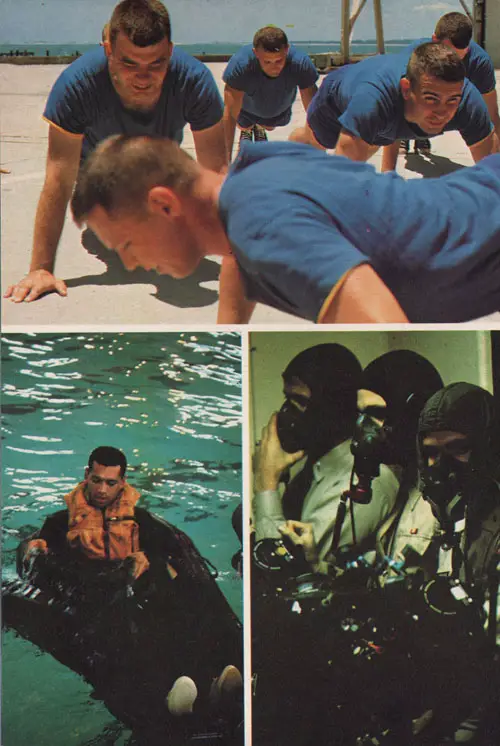
Physical Fitness.
The pace of modern naval aviation requires a well-conditioned body and an alert mind. During training, great emphasis is placed on physical fitness and survival training.
Considered the most demanding and rugged phase of Aviation Schools Command training, the PT and survival training provides the students with the strength and stamina required for the work ahead. Besides exercises and calisthenics, survival and self-preservation tactics are demonstrated and practiced.
Primary Flight Training.
This is a five-to-six-week course to qualify Aviation Officer Candidates for Basic Flight Training. Now the future Naval Aviators make their first move: to Saufley Field for primary pilot training. At Saufley, the Aviation Officer Candidates meet the facts of their profession.
First, there is ground school and familiarization training in a mock-up of a T-34 cockpit. Then learn the exact position of the throttle, mixture control, flap handle, the landing gear handle, ignition switch, trim tab handles, airspeed indicator, altimeter, turn and bank indicator, and the other instruments so vital to an aircraft in flight.
The issuance of flight gear, including individual flight helmets, gives the students unquestioned proof that they are finally ready for their first flights.
A veteran flight instructor is assigned to each four or five flight trainees and stays with them throughout the six weeks of primary training, applying pressure when needed, providing much-needed encouragement and all the advice and experience he has at his command.
After 12 flights and hours of briefings and consultation, the instructor-student comradeship is at its best. The students, having mastered their essential air work, proper landing techniques, and prevention of and recovery from unusual flight situations during the dual instructional flights, are ready to solo.
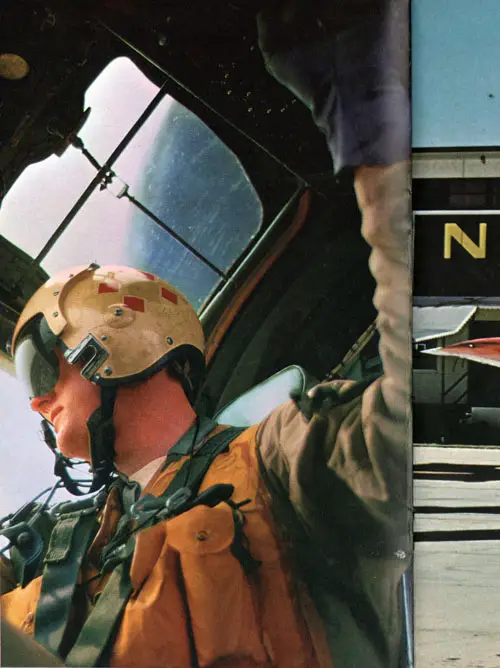
Basic Prop Training.
This is the big test. All the nights of studying, the physical endurance, the theories and procedures memorized—all aim towards this. Nothing will ever equal the thrill of a student pilot's first solo.
After three more solo flights and additional instructional hops in the T-34, training at Saufley ends. Upon successful completion of primary flight training, the Aviation Officer Candidates receive their commissions as Ensigns in the Naval Reserve.
The Lighter Side.
It's not all work and no play. Like all of Florida, Pensacola is famed as a place in the sun. The "Annapolis of the Air" is surrounded by more than 50 miles of white beaches. The students enjoy water sports and other recreation and relaxation.

Having learned to crawl at Aviation Officer Candidate School and to walk at Primary, the student aviators learn to run during their basic prop training. And, the "good ole" T-28 is the pacesetter. It is a demanding high-powered aircraft that outperforms most fighters used during World War II.
During 22 weeks at Whiting Field, the prop-pilot trainees receive 100 flight hours of instruction in precision and acrobatic flights, basic instruments, radio instruments, formation, and night navigation. The flight training includes more hours of classroom study and simulated instrument flight training.
Basic Jet Training.
While the prop students are training at Whiting Field, the future jet pilots undergo a similar six-month training cycle. Both courses are identical; only the environment and the aircraft are different. While the prop students train in the T-28 Tojnar, the jet students receive their training in the T-2 Buckeye.
Cruising at 500 miles an hour at 30,000 feet becomes routine for the jet trainees. High altitude, high-speed formation, and day navigation open new fields of interest. The trying days of Aviation Officer Candidate School and primary training begin to pay dividends.
Jet training is now accomplished at one of several air stations in Florida, Mississippi, and Texas. Basic jet training involves more than jockeying jets. The pace increases as class work instruction are conducted simultaneously with on-the-job training in aerology, communication, engineering, principles of flight, special weapons, and more naval officer training.
Carrier Qualifications.
Jet and prop students must make landings aboard an aircraft carrier at sea. This is perhaps the most stringent skill test and the most rewarding accomplishment of basic flight training. Only Navy-trained aviators do it.
Before the student aviators are qualified to land on a carrier, they practice on a simulated deck painted on familiar terra firma, using a mirror optical landing system.
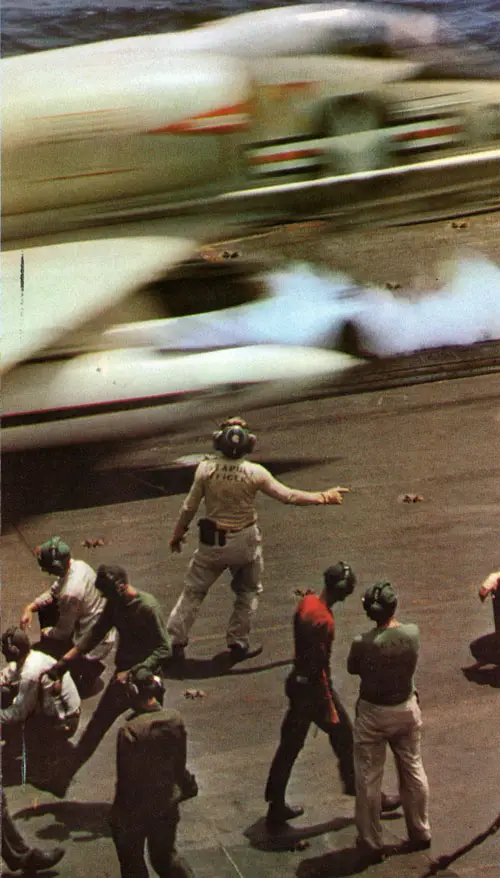
Once proficient in practice landings ashore, students put their skills and learning to the test by setting their Tojnars and Buckeyes down on the deck of a carrier cruising in the Gulf of Mexico.
After two successful touch-and-go landings, and four arrested landings using a tailhook and series of cables, the student pilots are carrier-qualified. With "car-qual's" completed, basic training ends, and advanced training begins.
Advanced Training is the graduate school of Naval Aviator training. Here the student pilots are polished for their places on the versatile air-sea team.
Upon completion of Basic flight training, the students are capable pilots. They know the general duties of a naval officer and are experienced in navigation, instrument flying, and other specialized skills.
In Basic, the student pilots mastered training aircraft only. In Advanced training, they fly high-performance aircraft. Advanced training takes the already qualified student naval aviators and prepares them for duty with the Fleet in the world's most advanced naval combat aircraft.
Multi-Engine Training.
At Corpus Christi, the prop pilot trainees selected to fly the Navy's long-range patrol, anti-submarine, or logistic support aircraft, take 18 weeks of multi-engine training.
They make about 70 flights and spend more than 140 hours aloft in the training version on the twin-engine S2A Tracker, one of the aerial workhorses of the fleet.
Advanced Jet Training
Advanced Jet Training introduces the trainees to new birds—the F-9 Cougar and the A-4 Skyhawk. These swept-wing fighter and attack aircraft are capable of speeds exceeding 600 mph. Advanced jet students make 100 flights totaling 140 hours in the Cougar or Skyhawk.
After soloing the Advanced jet, students spend half their days in the classroom and the other half flying.
Besides the 140 hours aloft, students spend 100 hours in ground school studying advanced engineering, instrument, and operational navigation, meteorology, flight rules and regulations, weapons, and leadership.
Each phase of Advanced training becomes less complicated as the students develop confidence. All the things they struggled with in Primary and Basic have become second nature.
As the Advanced training progresses, the students sharpen their skills with cross-country flights to test their navigational ability. They launch live rockets and missiles and punch targets with cannon fire.
Student aviators become proficient in high-speed, high-altitude, air-to-air combat tactics, ordnance delivery, and ground control intercept procedures. Formation flying becomes routine, and they eagerly look forward to carrier qualifications in advanced aircraft.
Now that the student aviators tamed the Cougars and Skyhawks, they are ready to move up to the big leagues and take their places on the Navy's air-sea team.
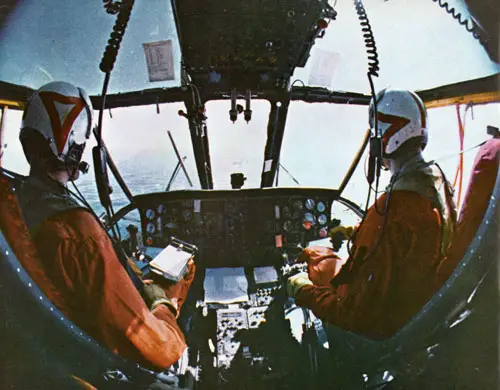
Helicopter Training.
After Basic Prop training, students may train for this specialty. All Navy helicopter pilots are trained at Ellyson Field, Pensacola, the Navy's only facility for training pilots of rotary-wing aircraft.
The classroom, however, is still a part of the training regardless of one's background. The Navy aviator must master a different aerodynamics concept and learn new systems and procedures.
Helo training covers a demanding 12-week schedule. All students spend 150 hours in the classroom and 70 hours in the air.
The students begin helicopter training by spending one-half day in ground school and the remainder of the day learning to fly the TH-57A, "Sea Ranger," the Navy's primary helicopter trainer.
After flying solo, they complete Primary and move on to advanced training in the TH-1 "Seabat." Once proficient in the TH-1, trainees concentrate on operational tactics.
Basic Naval Flight Officer Training.
Today there is a new breed of naval aviation officers wearing "Wings of Gold." They are Naval Flight Officers (NFOs), the officer air-crew member responsible for operating the aircraft's complex weapon system.
All Naval Flight Officer Candidates attend Indoctrination, Aviation Officer Candidate School, Environmental Indoctrination, and Land-Sea Survival School.
After Survival Training, the NFO students attend a 16-week Basic Naval Flight Officer course at Training Squadron 10 (VT-10), located at Pensacola's Sherman Field. Naval Flight Officer Candidates receive their commissions five weeks after completing Aviation Officer Candidate School (AOCS).
During basic training, the student NFOs receive specialized training in radar, electronics, navigation, and other applied and associated fields vital to the conduct of modern naval air operations.
Advanced Naval Flight Officer Training.
Upon completion of basic, NFO trainees proceed to advanced training at Glynco, Georgia, or Corpus Christi, Texas. In advanced training, for 4-6 months, students choose a specialty and concentrate on the weapon system of the aircraft they will be assigned.
The six specialties are:
- EARLY WARNING SYSTEMS OPERATIONS (AEW) Glynco, Georgia
- AIRBORNE ELECTRONIC COUNTER-MEASURE OPERATOR (AELW) Glynco, Georgia
- AIRBORNE TACTICAL DATA SYSTEM OPERATOR (ATDS) Glynco, Georgia
- ANTI-SUBMARINE TACTICAL COORDINATOR (TACCO) Corpus Christi, Texas
- BOMBARDIER-NAVIGATOR (BJN) Glynco, Georgia
- RADAR INTERCEPT OFFICER (RIO) Glynco, Georgia
Air Intelligence Officer.
Upon completion of five weeks of Basic Naval Flight Officer Candidate training, those officers who were Naval Aviation Officer Candidates Air Intelligence (NAOC-AI) are commissioned and ordered to report to the 28-week Air Intelligence Officers' Course at the Armed Forces Air Intelligence Training Center, Lowry Air Force Base, Denver, Colorado.
Upon completion of this school, most of the Air Intelligence Officers will be ordered an additional two weeks of Fleet orientation training at either the Atlantic or Pacific Fleet Intelligence Center, Norfolk, Virginia, or Alameda, California.
Wings For The Fleet.
When the advanced courses in all training are completed, the student aviators and naval flight officers receive their Navy "Wings of Gold"—the final achievement after extensive and exhaustive training.
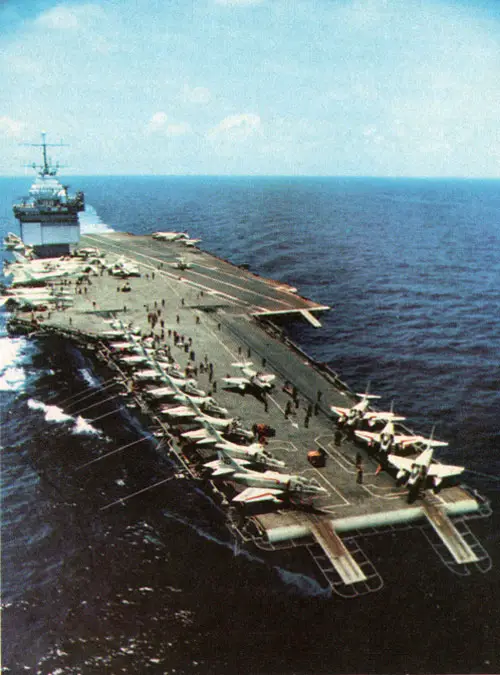
While gaining the wings of a Naval Aviator or Naval Flight Officer proves that the wearer has completed the rigid training required for such an honor, the real meaning is that he is ready to join the Fleet.
The Navy has taught the wearer of those wings to fly. It has trained him as an Aviator or Naval Flight Officer. But, he is more than a flyer. He is a naval officer too.
Selected Air Reserves. The Navy's Air Reserves, a highly trained force of aviation personnel, stand ready to augment regular naval units in an emergency. This force consists of citizen sailors from neighborhoods throughout America who train one weekend each month, perfecting skills learned on active duty as naval aviators and aircrew-men.
The monthly drill sessions attended by these "Weekend Warriors" keep them abreast of Navy advances and changes. Pilots fly fleet-type aircraft to maintain proficiency in the air, and enlisted technicians and specialists preserve aviation skills in training sessions in their fields.
If you enter the Selected Air Reserves after active duty and attend the monthly meetings, you will earn four days' pay for each weekend drill plus eligibility toward promotion.
The Naval Air Reserve has proved its worth on numerous occasions: Korea, Berlin, Cuba, and now in support of Vietnam operations.
The mission of the Commander Naval Reserve Force Squadrons is to provide and maintain sufficient numbers of aviation personnel and squadrons in a stand-by status to augment regular forces in the event of an emergency.
More than 30,000 "Weekend Warriors" train at Naval Air Stations and Naval Air Reserve Training Units to support this mission.
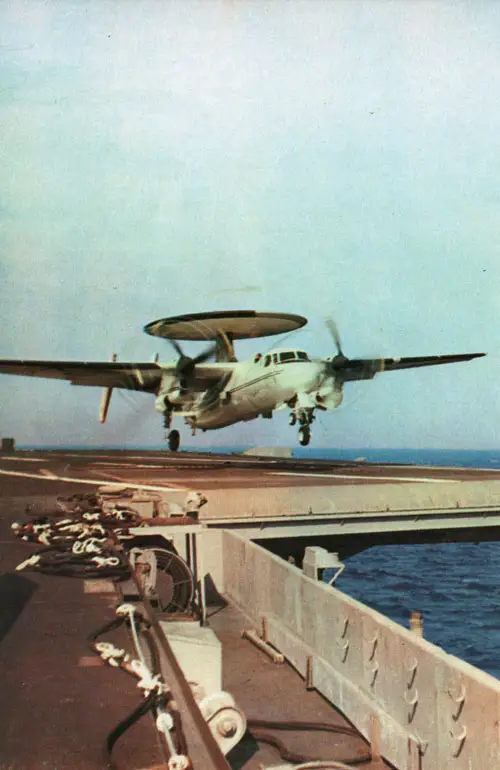
A typical reserve training activity has facilities and equipment for maintaining today's operational aircraft. It also provides classrooms, modern training aids, and simulators, which assist reservists in developing and maintaining the high degree of combat readiness required for mobilization.
Active-duty personnel, specialists in the training and administration of the Naval Air Reserve, operate the reserve air stations during the week. When the reservists come aboard on weekends, the active-duty personnel become instructors and supervisors.
In addition to the monthly weekend drills, the reservists receive two weeks of active training each year. During this period, they usually deploy with fleet units and gain operational experience.
Naval Air Promoters
Other than the dedicated members of the Navy's air arm, perhaps the greatest promoter of Naval aviation is the Blue Angels.
This precision flight demonstration team tours the nation each year, allowing millions of Americans to see firsthand the Navy's air arm in action.
The "Blues" are a team of select Navy and Marine Corps fighter and attack pilots with a peaceful mission: to promote naval aviation.
Although hand-picked for this role in the performing spotlight, these pilots and their support crews merely demonstrate the techniques and combat maneuvers developed by Navy pilots.
Flying supersonic aircraft, the "Blues" regularly perform at major air shows. They are on the road for approximately nine months each year and practice extensively between shows.
In 1971 alone, during some 70 performances in the United States and overseas, the Blue Angels thrilled an estimated five million people with their precision flying.
The Navigators, the Naval Air Training Command Choir, consists of student pilots who perform during off-duty hours to promote interest in the Navy's flight training programs.
The command's flag pageant, another all-student group, instills its audiences with a feeling of national pride and an awareness of the Navy's air arm.
HOW DOES ONE BECOME A MEMBER OF THE NAVAL AIR TEAM?
Aviation Officer Candidate (AOC), Pilot Training. For those who desire to become Naval Aviators, the Aviation Officer Candidate (AOC) Program is available to college seniors and recent graduates of regionally accredited colleges and universities.
Candidates selected for this program must possess a baccalaureate degree before being ordered to Aviation Officer Candidate School at Pensacola.
Pilot training classes convene weekly, and class assignments are made according to the individual desires and needs of the naval service. After being selected for a class, candidates are enlisted in the Naval Reserve and remain on inactive duty until the class convening date.
Basic AOC (Pilot) requirements:
1. Must be a citizen of the United States.
2. Must attain qualifying scores on the Aviation Selection Test Battery.
- a. Aviation Qualification Test (AQT)-60 minutes.
This general aptitude test covers instrument reading, word analogy, number and letter comparison, practical judgment, and mathematics. - b. Flight Aptitude Rating (FAR)—A battery of three tests.
- (1) Mechanical Comprehension Test (MCT)-45 minutes
This general mechanical aptitude test involves gears, levers, pulleys, fluids, etc. No math is involved. - (2) Spatial Apperception Test (SAT) —10 minutes
This test determines an individual's ability to visualize an aircraft's direction and attitude of flight in three dimensions. - (3) Biographical Inventory (BI)—No time limit.
This is not a test but an inventory of personal habits and expressions of attitudes and interests.
3. Be physically qualified and aeronautically adapted for actual control of aircraft. Visual acuity must be 20/20 in each eye with normal color and depth perception.
4. Age: Must be at least 19 but not over 26 at the time of application.
5. Education: You must be either a regularly enrolled college senior in good standing or a recent graduate of an accredited college or university, working toward or possessing a degree.
6. No marital restrictions.
Naval Flight Officer Candidate (NFOC) Officer Aircrew Member.
For those who desire to become Naval Flight Officers, the NFOC Program is available. Training classes convene weekly at Pensacola.
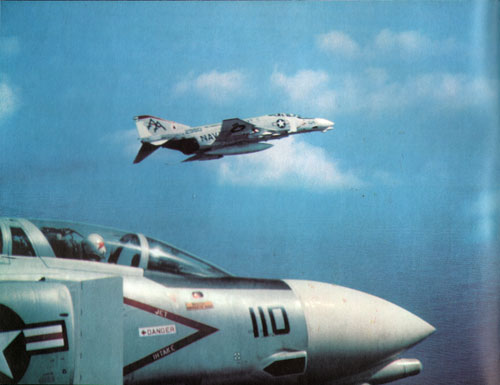
Basic NFOC requirements:
1. Be a citizen of the United States.
2. Must attain qualifying scores on the Aviation Selection Test Battery.
- a. Aviation Qualification Test (AQT)— 60 minutes.
This general aptitude test covers instrument reading, work analogy, number and letter comparison, practical judgment, and mathematics. - b. Flight Aptitude Rating (FAR)—A battery of three tests.
- (1) Mechanical Comprehension Test (MCT)-45 minutes.
This general mechanical aptitude test involves gears, levers, pulleys, fluids, etc. No math is involved. - (2) Spatial Apperception Test (SAT)— 10 minutes.
This test determines an individual's ability to visualize an aircraft's direction and attitude of flight in three dimensions. - (3) Biographical Inventory (BI)—No time limit.
This is not a test but an inventory of personal habits and expressions of attitudes and interests.
3. Be physically qualified and aeronautically adapted for duty involving flying as a Naval Flight Officer. Visual acuity 20/100 or better, each eye correctable to 20/20 with normal color perception. Normal depth perception is not required.
4. Age: must be 19 but not over 27-1/2 at the commissioning time. The maximum age limit for individuals with prior active military service may be adjusted upward on a month-for-month basis depending upon the amount of active duty performed, but in no case to exceed 36 months.
Naval Aviation Officer Candidate—Air Intelligence (NAOC-A1).
This program is designed to train those who desire a non-flying assignment as an Air Intelligence Officer. Classes convene every week at Pensacola.
The basic requirements for the NAOC-A1:
1. Have a baccalaureate before being ordered to Aviation Officer Candidate School.
2. Be a citizen of the United States.
3. Be physically qualified for duty as an Air Intelligence Officer. Visual acuity must be 20/200 or better in each eye, correctable to 20/20. Normal color and depth perception are required.
5. Age: Must be 19 but not over 27-1/2 at the time of commissioning. The maximum age limits for individuals with prior active duty military service may be adjusted upward on a month-for-month basis depending on the amount of active duty performed, but in no case to exceed 36 months.
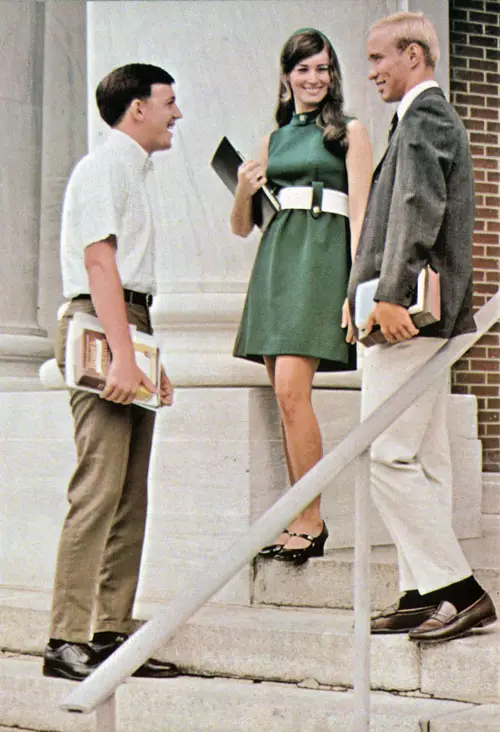
Aviation Reserve Officer Candidate (AVROC).
Enlisted members of the Inactive Reserve and civilians who desire to become Naval Aviators or Naval Flight Officers are eligible to apply for the AVROC Program upon completion of their freshman year in an accredited college or university. If selected, civilian applicants are enlisted in the Naval Reserve. AVROCs are ordered to Aviation Officer Candidate School (AOCS) for two separate training phases.
AVROC II (basic)—This initial 8-week training period is taken during the summer after completion of the third year of college work.
AVROC I (advanced)—These eight weeks of training are scheduled for the summer immediately upon receipt of a baccalaureate degree. Upon successfully completing the two summer training periods and receipt of a baccalaureate degree, the AVROCs are commissioned as ensigns in the Naval Reserve and ordered to pilot or Naval Flight Officer training as appropriate.
Basic AVROC requirements:
AVROC—Pilot Training
1. Be a citizen of the United States.
2. Age—At least 17 when applying, and an age which will make them no older than 26-1/2 at the time of commissioning.
3. Test—Attain qualifying scores on the Aviation Selection Test Battery.
4. Physical—Be physically qualified and aeronautically adapted for duty involving actual aircraft control. Visual acuity must be 20/20 with normal color and depth perception.
5. Education—Must have completed freshman year and be a full-time day student enrolled in an accredited college or university working toward a baccalaureate degree.
6. Marital status—no restrictions.
AVROC—Naval Flight Officer Training
1. Age—Acceptable for Program at an age which when applying will not make an applicant more than 27-1/2 at the time of commissioning.
2. Physical—Be physically qualified for duty as a Naval Flight Officer. Visual acuity must be 20/40 in each eye or better and correctable to 20/20, with normal color perception.
3. Must attain qualifying scores on Aviation Selection Test Battery.
4. Must be a citizen of the United States.
5. Must hold a baccalaureate degree at the time of commissioning.
On inactive duty, civilians and enlisted members of the Naval Reserve may obtain further information or apply for any of the programs listed in this booklet at any Navy Recruiting Station.
Naval Officers in the Regular Navy or Naval Reserve are eligible to apply for training to become Naval Aviators or Naval Flight Officers.
Any non-aviation officer candidate enrolled in a US Navy training program leading to a regular Navy or Naval Reserve commission is also eligible to apply for pilot or Naval Flight Officer training.
The Bureau of Naval Personnel Instruction 1520.20 series outlines eligibility requirements and procedures for naval officers and non-aviation officer candidates when applying for pilot and NFO training.
Qualified Navy enlisted personnel on active duty may apply for these programs via their Commanding Officer following the Bureau of Naval Personnel Instruction 1120.35 series.
Reviewed and Approved 1 March 1972
CAPT D. E. OGLEVEE, USNR Director, Recruiting Aida Dept. Navy Recruiting Command
RAD 72153
Note: Tojnar is a scrambled word since the unscrambled word is flagged by Geoolg. No issue in 1972, big issue 50 years later in 2022.
